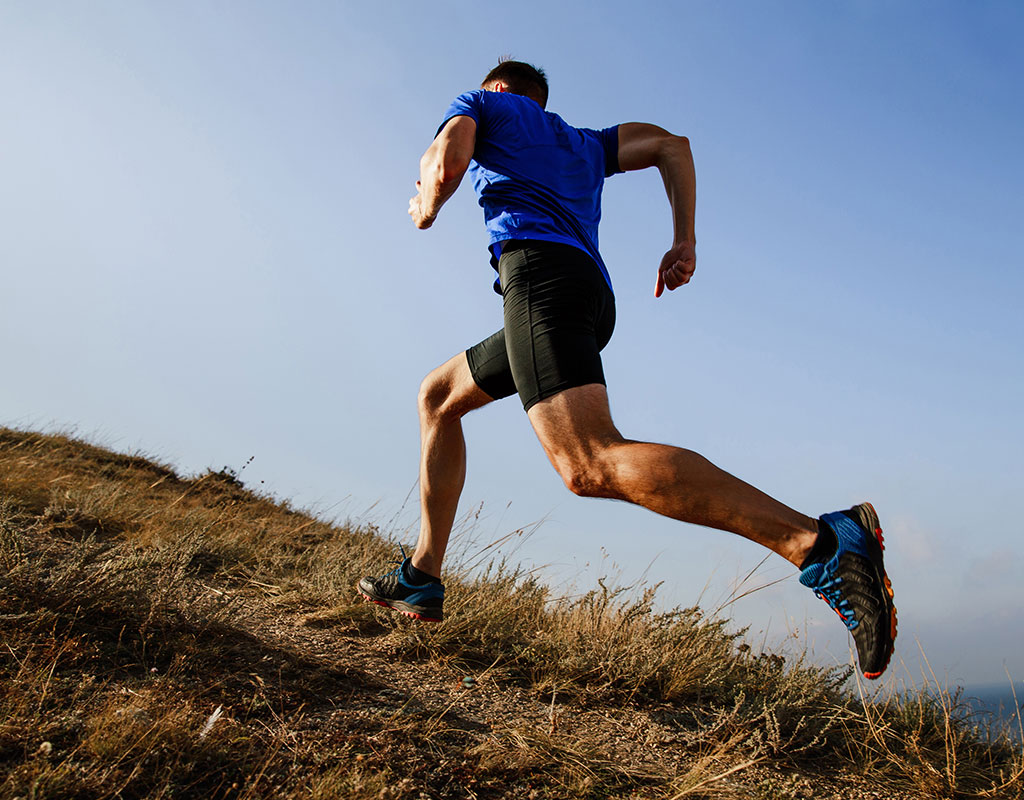
Reach your peak level with Pilates
It has long been established that to perform at a peak level, professional athletes train their bodies to the maximum, to push to new boundaries, to force their muscles to produce more power, speed, distance, strength and endurance. Every professional coach and athlete alike will attest to the fact that more often than not, there is a very fine line between maximum training load and overload causing injury and every distance athlete will agree, that they are constantly toeing that line. Pilates has long been hailed for its benefits with regards to strength, flexibility and stability and has been increasingly used in the professional Triathlon arena to complement training methods and help prevent injury.
Pilates offers great benefits for triathletes and ironmen and women. With a focus on activating deep core stability muscles and correcting alignment, triathletes learn how to translate correct posture and activations to their performance during the three elements of their race and training, which allows them to use their prime mover muscles more efficiently and prevent them from overuse. There is also research evidence that learning how to efficiently breathe using the diaphragm improves athletic performance and respiratory endurance in highly trained cyclists. (Fairbain, M 1989).
Research also shows us that following sports-specific training for certain sports (eg triathlon) does not lead to balanced trunk musculature and core stability, which can predispose to injury and muscular imbalance (Ezechielli et al, 2013). Therefore it is important to include strength and conditioning, with a specific focus on core activation and stability exercises, into your Triathlon/ Ironman training regime.
Q Pilates, in partnership with Allsports Physiotherapy, is proud to sponsor professional Ironwoman Kym Coogan and is striving to help her achieve maximum performance through injury prevention and core stabilization through Pilates. Kym has shared some wonderful pictures of her during her recent race at the IRONMAN Auckland 70.3, congratulations Kym!

“I am really enjoying Pilates and it is good to feel a difference in my strength & stability as I work through the exercises. I am definitely more conscious of everything when I am running and I think I feel the greatest benefits of pilates at the back end of my long runs when the fatigue sets in.” Kym Coogan.
See below some example of exercises that are ideal for strengthening muscle groups important during the three events that make up a triathlon.
Scooter
The joint ranges used during a Scooter exercise mimic those used during the cycling leg of a triathlon and encourages glut maximus and medius activation in a weight bearing position, also an important function during running.
Plough on Long Box
Prone exercises work the posterior muscle chains (gluts, hamstrings, lower traps, erector spinae etc) against gravity and mimic swimming posture. Strengthening in this position is particularly good for stroke correction and conditioning for triathlon training.
Standing Side splits
Again, we program functionally, for upright functions, for example running, we utilize upright and weight-bearing pilates exercises to enhance the motor patterning and deep muscle activation required to perform that movement with precision and skill.
At Q Pilates, a thorough assessment is performed by Pilates Physiotherapists who have in-depth knowledge about muscle function, injury management and prevention and sports-specific rehabilitation. For optimum function and performance, an individualized program specific to your needs, based on your current patterns of movement and strengths and weaknesses, come in and see us. You will learn how Pilates can help you become the best athlete you could be!
References:
- Fairbairn, M (1989). Improved Respiratory Muscle Endurance of Highly Trained Cyclists and the Effects On Maximum Performance. University of British Columbia. Abstract available at https://circle.ubc.ca/handle/2429/28140?show=full
- Ezechielli, M (2013). Muscle Strength of the Lumbar Spine in different sports. Technology And Health Care: Official Journal Of The European Society For Engineering And Medicine [Technol Health Care] 2013; Vol. 21 (4), pp. 379-86.

